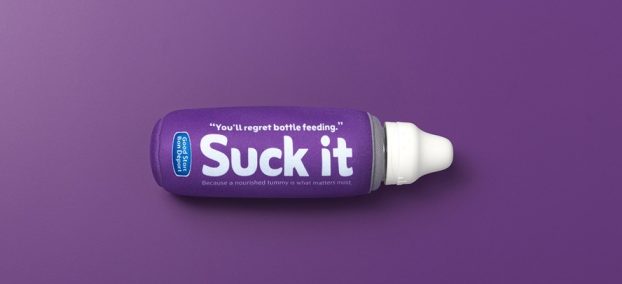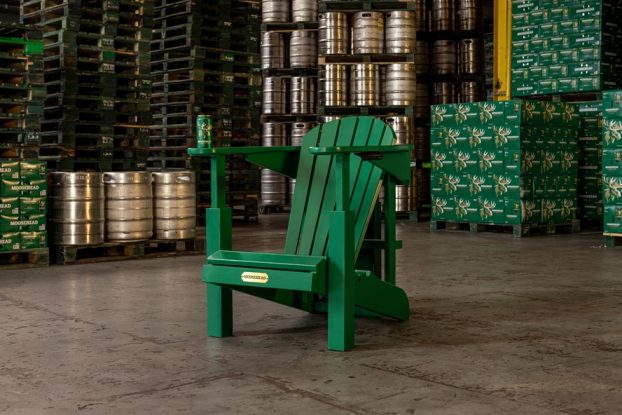Barry Siskind hasn’t seen much Pegboard lately. President of Terra Cotta, Ont.-based International Training and Management Company, Siskind is a consultant who helps prepare exhibitors for the cruel realities, as it were, of today’s shows. He remembers Pegboard being common 15 years ago, but says that these days, ‘attendees expect much more out of an exhibitor.’
In other words, companies are expected to spend real money. And because the shows take up a much bigger chunk of a company’s marketing budget, exhibitors need to justify the expense much more ruthlessly. ‘If you’re going to spend the money, you’re going to want results,’ Siskind says.
Getting results means nailing down your objectives as specifically as possible, both before and after the show, says Ross Horton, Vancouver-based western region manager for DMG World Media. Horton, who manages home consumer shows (DMG runs about 50 each year across North America), says that sales tend to be the most common objective for consumer show participants, although a booth can also be a good way to conduct market research, and test new products and services.
Fred Cox Jr., VP of Markham, Ont.-based National Event Management, says that people tend to assume that trade and consumer shows are the first extraneous marketing endeavour to be chopped in economic downturns – but that’s simply not true. ‘Certain shows will get hit and others will do better in tough times,’ he says. ‘It really depends on the industry.’
So, what works? How can marketers ensure their show dollars aren’t wasted?
In this report, you’ll find examples of companies that have taken different tacks at trade and consumer shows. The one consistency is that these companies have made trade and consumer shows an integral part of their marketing mix – they don’t just set up a booth and wait for business, they seek it out in a manner that’s consistent with the brand message.























